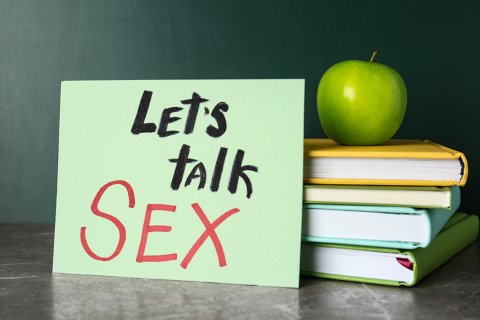If you’re anything like me, you spent much of the past two weeks enthralled in the world of Bridgerton, a Gossip Girl-esque show set in 1813 that’s largely centered around the lack of knowledge the female characters have about sex and pregnancy.
It’s worth the binge if you haven’t already seen it. The smolder! The dresses! The jewelry! The parties! The scandals! And the egregious absence of sex education.
Within hours of the show’s debut, I started to get text messages from family, friends, acquaintances, and colleagues—all fired up and demanding answers to the same questions: “WHY WAS THERE NO SEX TALK?!” “How could they send young women into the world without knowing about their own bodies, reproductive health or basic anatomy?”
And my ironic favorite: “Thank god things are different now.” Is it though?
While it’s true that today’s young people have a wealth of information at their fingertips via the internet, and for many of them, conversations about sex, sexual health and reproduction require far less formal investigation than for the young ladies of Bridgerton, sex education in the United States still varies wildly from state to state, and even school to school.
